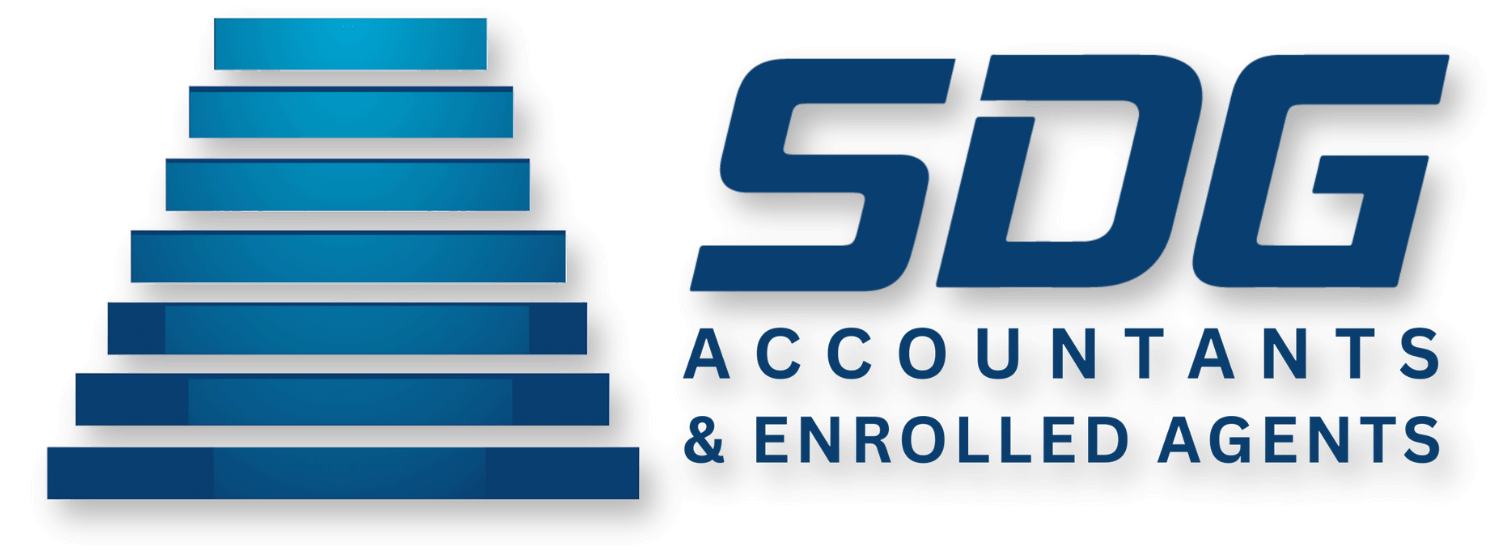Setting money aside for retirement is always a good idea; it is the wisest decision you can make for your future. Many Americans ignore all of these retirement plans, and when it comes time to retire, they find themselves with very little money. That amount of money will not be enough to ensure them a secure future and a comfortable retirement. Contributing effortlessly to a retirement plan provided by your workplace is the greatest way to save money for retirement. These may differ based on your employer and the type of employment you have. A 401(k) plan is offered by many private organizations; however, a 403(b) plan is only available to certain types of employees and workplaces.
What is a 403(b) Plan?

A 403(b) plan, commonly known as a Tax-Sheltered Annuity (TSA) plan, is a type of retirement savings plan. A 403(b) plan is similar to a 401(k) plan, but it is only available at specific workplaces. It is for those who work for tax-exempt organizations, certain healthcare groups, or public school employees who meet certain criteria. Government and religious employees may be qualified for the 403(b) plan in some cases. To learn if you are eligible for the 403(b) plan, contact your Miami Personal Tax Accountant immediately.
Your employer determines the type of plan you will receive. The 403(b) plan has a variety of investment options, including mutual funds, that can help you build a portfolio that best suits your risk tolerance. This plan includes an annuity arrangement, so keep that in mind. This affects a few scenarios and results in a few penalties:
- Except for a few circumstances, most withdrawals are subject to a 20% federal income tax withholding.
- A fee of up to 8% will be charged if a 403(b) plan’s annuity investment is attempted to be dissolved.
Contact your Miami Tax Accountant today to learn which plan is ideal for you and how to resolve these issues.
How does a 403(b) Plan Work?
Many employers deduct payments to 403(b) plans from employees’ paychecks. In most cases, the deduction is given as a percentage. For example, suppose you earn $3,500 every pay period and only want to contribute 5% to your 403(b) plan. Your employer will then deduct $175 from each of your paychecks and put it into your 403(b) plan. Keep in mind that payments to retirement plans under a 403(b) plan are withdrawn from your paycheck before taxes are applied. This lowers your tax payment for the next few paydays, but the underpaid amount will reappear when you withdraw money in the future. If your workplace offers a Roth 403(b), you’ll have to pay taxes when you make contributions.
Employers also match contributions in the same way that they do in a 401(k) retirement plan. They might match a set proportion of your earnings or employ a dollar-for-dollar match. Employer matching is quite advantageous because it essentially amounts to free money that you can put toward your retirement.
What are my Contribution Limitations for my 403(b) Plan?
The United States government supports retirement plans, which is why it offers so many tax-advantaged 403(b) plans to its residents. That does not, however, imply that you can invest all of your money in a tax-advantaged account. The programs have limits in place to ensure that employees do not contribute excessively.

The contribution limits for a 403(b) plan are identical to those for a 401(k) plan. Contribution amounts are capped at $19,500 per year in 2021. As of 2021, employees aged 50 and older can make additional contributions to their plans worth up to $6,500 per year. There is also a benefit in a 403(b) retirement plan for employees who have worked for the same company for 15 years. This benefit is not dependent on your age; if you have worked for the same employer for 15 years, you will be eligible for it. Employers in the foregoing situation are eligible for additional catch-up contributions from the Internal Revenue Service (IRS).
Withdrawing Money from a 403(b) Plan:
Employees can withdraw money from their retirement plans within certain timeframes. If employees withdraw money before reaching the age of 59 ½ they will be required to pay taxes as well as a 10% penalty from the IRS. If you have a Roth account, this will not happen. If you have a Roth account that is five years old, you can withdraw your contributions without penalty. If your workplace offers a Roth account, take advantage of it as soon as possible.
Keep in mind that after you reach the age of 71 1/2, you must begin taking Required Minimum Distributions (RMDs) from your non-Roth 403(b) accounts. You’ll have to pay taxes on RMDs as well. To understand more about retirement plans and what would work best for you, contact Miami Tax Preparers firm like SDG Accountants.



